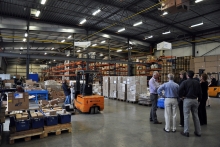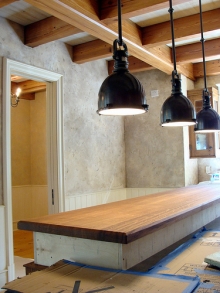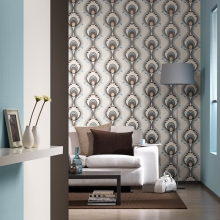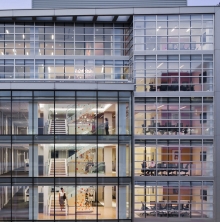USGBC Design Columbus 2012 in Columbus, Ohio
A trip to Design Columbus 2012 in Columbus, Ohio, showcases the positive impact made by local chapters of the U.S. Green Building Council.
The USGBC�s Greenbuild International Conference & Expo is the world�s largest conference and exhibition devoted to green building. By attending you can take in three days of seminars and other educational events, see thousands of products, and enjoy live streaming and archived conference videos. Although Greenbuild is the USGBC�s premier event, local USGBC chapters host a number of similar events each year, and some are bound to take place practically in your own backyard.











